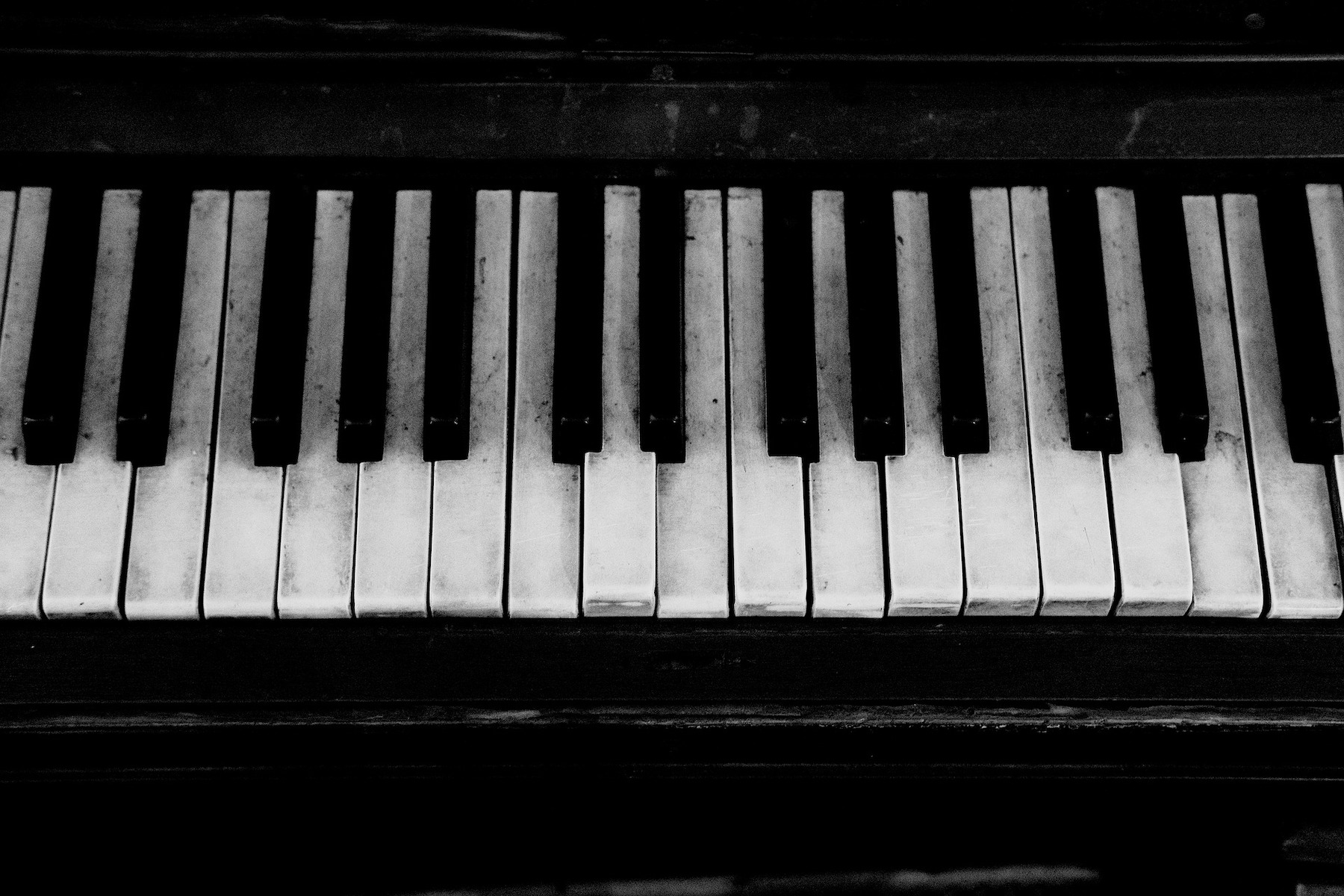Music has been an unending constant in human history for millennia. Many genres, styles, and artists have cemented their place in history over time and many timeless works of music are still fondly recalled to this day. However, music is also filled with the bizarre, and in some cases, pure evil. In fact, there is a concept in music that was once considered so evil that it was known as Diabolus in Música or the devil in music. This phenomenon, also known as the “devil’s interval” is called, in common musical parlance, the Tritone.
Those familiar with music theory will know that common chords are either major or minor – both of which contain one major and one minor interval. The tritone, on the other hand, is made of three whole steps or what is called the flattened fifth.
While the devil’s tritone has been considered evil by many purely by the power of association, there are also some technical and sonic reasons why this sound can be unsettling and considered evil.
A Brief Analysis of the Devil’s Tritone
Over the years, the devil’s tritone has been featured in pieces of music that are chilling, filled with a sense of foreboding, and even considered evil and therefore taboo in certain cases. The human brain and ears have been conditioned, over time, to expect music that “resolves,” or represents a finality in melody and consonance.
The devil’s tritone, on the other hand, sounds haunting and unresolved. Its unresolved nature, stemming from the flattened fifth, creates a strange dissonance that is disturbing and can be almost unsettling. In fact, it can often provoke an intense emotional response.
The devil’s tritone has been a concept so revolting to some that its use was prohibited or even banned in many situations. During the Renaissance, it was considered almost heretical to use this interval, especially in the religiously charged context of the church and the clergy that would patronize most musical genius. In the classical canon, religious composers and monks who practiced music would definitely find reason to prohibit its use, partly due to its stated connection with the devil, and partly due to its stark departure from the musical rules of the time. In fact, some musical historians can trace the evil and proscription associated with the tritone way back into the 9th century.
Here is a fun, short breakdown between a few friends…
It is in classical music that the tritone first manifested itself regularly. This lent further credence to its associations with the devil, as it was infernally difficult to work into compositions meaningfully. As a result, only especially gifted composers would feature it is difficult and complex pieces and listeners would automatically gravitate towards the “deal with the devil argument”.
Documenting the Devil’s Tritone
Most notably, the tritone appeared in classical music prominently in quite a few important places. Giuseppe Tartini used it in “The Devil’s Trill Sonata”, the composer actually claimed that he got instructions from the devil in a dream to compose the piece. Among notable classical composed, the most effective use of the tritone comes courtesy of Richard Wagner, a composed already known for his dark, somber, and chilling music. Wagner’s Gotterdammerung, composed in 1848 used the tritone to great effect and it was also used to bring out the theme of forbidden love in the prelude to his Tristan and Isolde Opera. The tritone also found its way into Beethoven’s opera Fidelio, composed in 1805.
The first group of musicians free to fully embrace the tritone in an unrestricted way were jazz musicians. Miles Davis made great use of this technique in his song “Walkin'”. Jazz was associated with the spirit of improvisation and there were not many strictures or taboos in the genre, facilitating the use of the tritone with aplomb.
— FOUNDATIONS OF HORROR —
Further explore these subgenres & tropes. more>>
#Religious horror

In popular music, the best known and most haunting uses of the tritone include the “evil” music of Black Sabbath in their titular song, Jimi Hendrix’s famous opening riffs in “Purple Haze”, and ascending and descending tritones in the song “YYZ” by legendary Canadian progressive rock trio Rush. With time, the devil’s tritone did lose most of its evil connotations and became a mainstay in genres like heavy metal, being used liberally by bands like Iron Maiden, Judas Priest, Metallica, Marilyn Manson, and Pearl Jam.
And not surprisingly, the devil’s tritone has found itself into a lot of horror movies.
Should You Fear It?
There is nothing really evil about the tritone, but is does bring a strange feeling of foreboding and discomfort to the human ears.
If you hear it in a piece of music, you might cringe and feel out of breath, waiting for the music to resolve to something more familiar. However, with its history and centuries of evil connotations, the tritone remains one of the most astounding reminders that evil and horror are as likely to be found in music as in any other place, especially since music has such a deep and complex effect on the human mind.
Last Updated on September 24, 2021.

